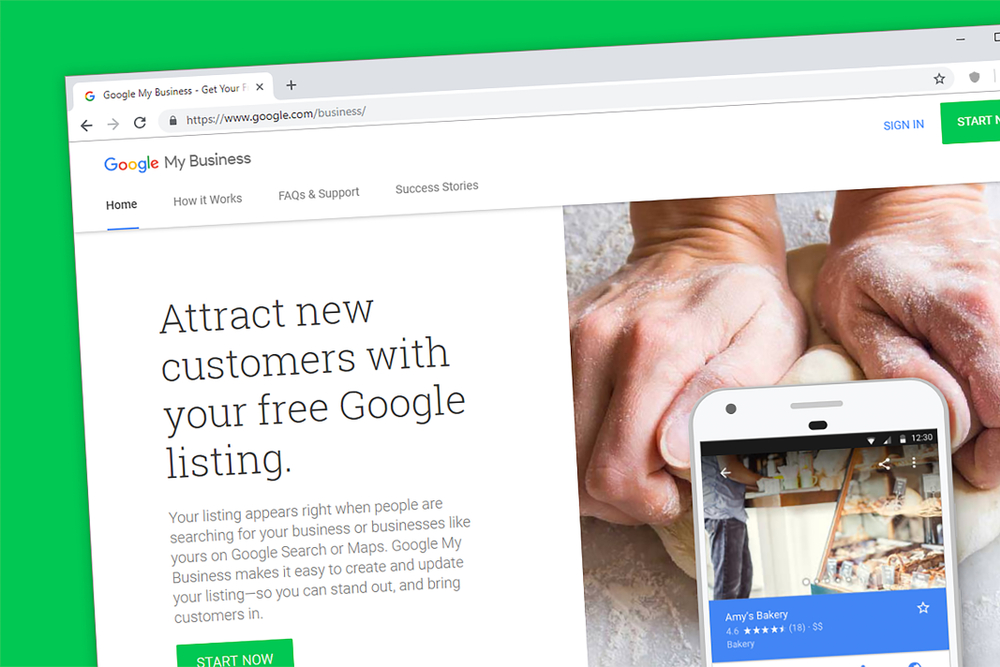The Battle of Decreasing Clicks
If you have done any work in SEO or content generation, you understand the importance of having a good Click-Through Rate (CTR), and an even better organic one. However, with the way search has changed, and the advent of things like Featured Snippets, shifts in use onto mobile devices, and other evolutions in technology, it’s become more competitive than ever to keep people clicking on URL’s to come to your website.
Not to fear however, because there are still ways to make sure your content stands out in search and gets those valuable clicks to generate traffic. Much like with everything regarding SEO, the answer lies in adapting to the changes that are constantly occurring in search.
The past few years have seen a lot of ways in which we utilize platforms like Google to get what we need, and we’ve talked about a few of those changes in other articles. In this one, we’re going to focus on some tips and tricks to boost your organic CTR and improve website performance.
Identifying why CTR is down
An important factor of increasing your CTR is identifying a few key factors as to why performance may be suffering in the first place. A study by Sparktoro shows that especially on mobile, CTR dropped by 41.4% from 2015-2018. On Desktop things are more stable but seem to have plateaued in the last few years.
A huge factor in why mobile CTR is down is because of Google’s fairly aggressive instant answer solutions to search queries. Things like Featured Snippets, ads, “People who ask” sections, and others all contribute to people not following through with clicking on to a website.
On top of this, factors like placement and word choice also come into play, so you need to make sure that your content stands out in a way that makes it irresistible to click. Now more than ever, its important to try to shoot for not just the front page SERP, but within the top five if possible. Studies show that the top three results of a Google search account for 75% of all clicks, with the top result getting 31% of that amount.
So then, what to do? Well there are a few things but lets start with the biggest ones and then work our way through the rest.
Make sure your keywords are in your URL
Backlinko found in a study conducted by their website that URLs that were keyword-rich were more likely to be clicked, and indeed got 45% more clicks versus URLs that didn’t contain a keyword that matched the intended search. That kind of number shouldn’t be ignored, as it could make the difference between whether a page is clicked on or not.
Take stock of the keywords you are using in your content and try to tailor your URL to the most effective one. That way you’re ensuring that you have the best possible chances of placing high in search.
Try to format titles in the form of a question
On average compared to pages that didn’t have a question in their title, pages that did had a 14.1% CTR. This falls in line with many search habits both on mobile and on desktop as users are often conducting searches to find answers or instructions on specific tasks/items/etc.
On top of this, having a similar, or even the same question as your title signals to readers that you’re answering their question. Formatting your titles and content around this thus makes it more attractive to users and the search engine alike.
Appeal to emotion in your title
Creating a title with a compelling, emotional punch to it can also help to drive searchers to click on your website, though you have to be careful. While on average emotional titles will increase traffic by about 14% be they positive or negative, you should avoid making it sound too much like clickbait. Doing so could create a negative impression and could cause people to click elsewhere.
Avoid overblown power words like amazing, insane, or perfect, as they oftentimes read like clickbait to users who are often looking for something proven and earnest. When deciding to use emotional power words, do a bit of keyword research to see what others are doing, and try to avoid sites towards the bottom of page one, or on page two.
Keep title tags between 15-40 characters if possible
Titles of this length hit a kind of sweet spot between being too short, or long in the tooth. By settling somewhere in the middle of the two with 15-40 characters, your titles are likely to drive more organic click-through.
It may seem counter-intuitive, as a longer title often allows for greater keyword density, but consider that people searching want to know valuable things fast, and the better you are able to deliver that, the more likely someone is to select your page among the search results.
There is evidence to back this up. Etsy conducted a test of title tag lengths, and found that shorter title tags that still delivered the key information performed better than longer ones.
Ensure that all pages have a meta description to ensure a higher CTR
Descriptions are technically not a part of SEO. However, they are a useful tool to utilize none the less. Google recommends writing a unique and well written description as it can provide further incentive for readers to click onto your content, even if it is not used all the time.
Not writing one is possible, but if you don’t Google will have to pull a snippet from your page’s content to fill in that space, which may not always best or most enticing part of an article.
Having a unique meta description ensures that you’re controlling how that information is presented, and thus can make something that will better draw a person in, making them more likely to click.
Never doubt the power of a good list
Lists are a staple of internet content. Popularized by websites like Buzzfeed and other major online publications, list articles, or listicles as they’re more commonly known, are a great way to format content.
People love lists, and they tend to love lists that end in the number 0. So formatting your content accordingly to have 10, 20, and so on items are generally going to attract more eyes than say a list with 5, 15, or other numbers that don’t end in 0.
Try to think of ways that your content can be formed into a list. Shoot for a sweet spot of 10 or 20 items, and present your product, information, or whatever it is you are doing to your view. Remember that this can include things like a recipe, or even a step-by-step guide, so don’t worry if you can’t immediately think of a way to turn your content into a listicle!
Analyze your current CTR performance
As much as any of these other things can help, taking the time to analyze what pages and content are doing your heavy lifting is going to be as important as anything you do for your website’s performance and health.
This is made easy with Google Analytics, which will provide information reports on clicks, impressions, CTR, and average SERP placement.
You can also check landing pages, bounce rates, session times, and a great deal of other data to determine what pages are pulling all the weight and which ones are not doing so well.
From there, you can run tests, pivot future content accordingly, and work to better utilize your website’s strengths.
Conclusion
Driving organic click-through rates through search is the goal of almost any business website. By improving CTR, you can increase conversions and improve general website health, which can then increase traffic.
It is critical that you are taking the time to study your website, and better analyze how your content is written and presented, be it a product, a service, or whatever it is you do.
By doing so and keeping vigilant on how search engines change and adjust, you can better leverage your web pages to drive organic search growth.








